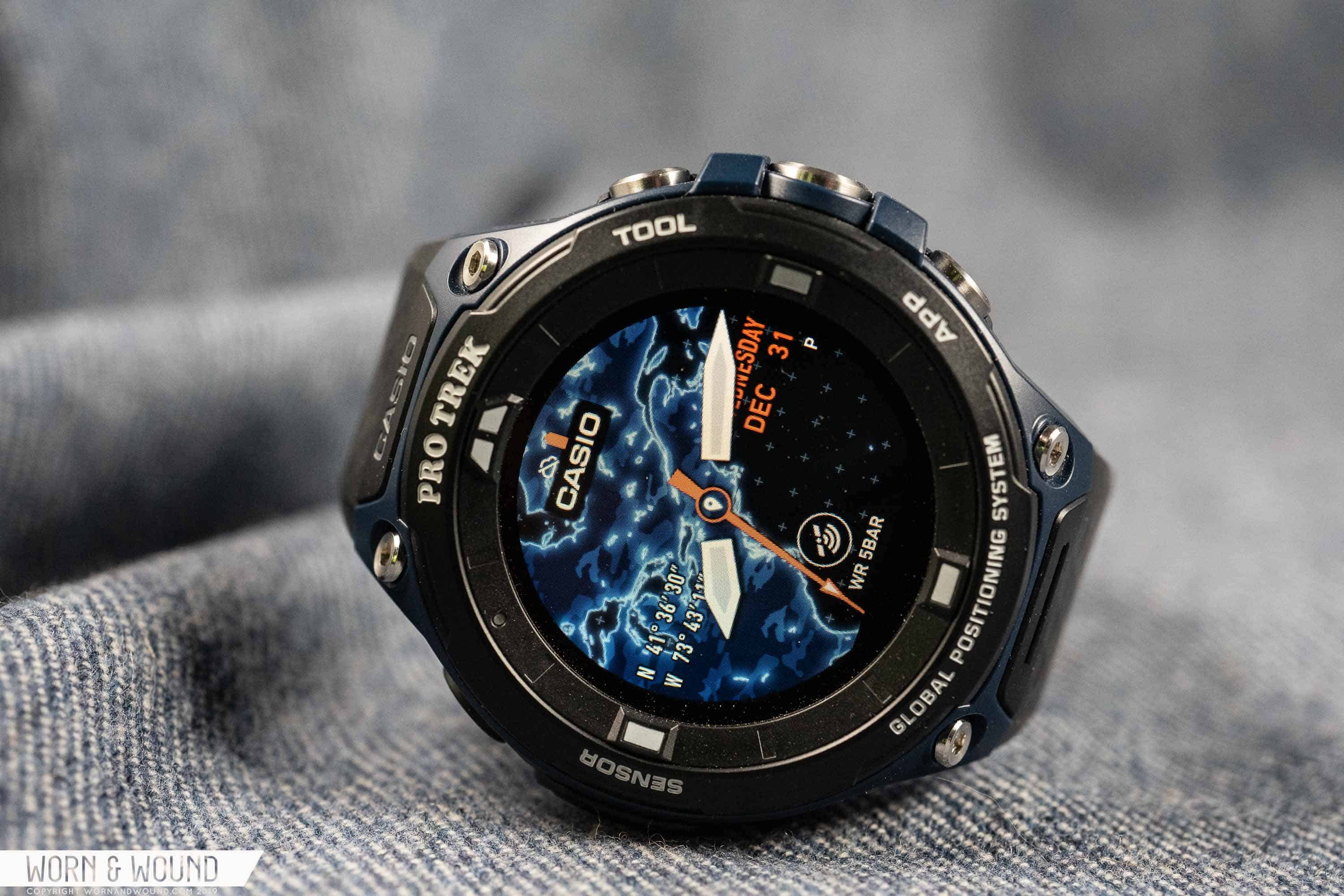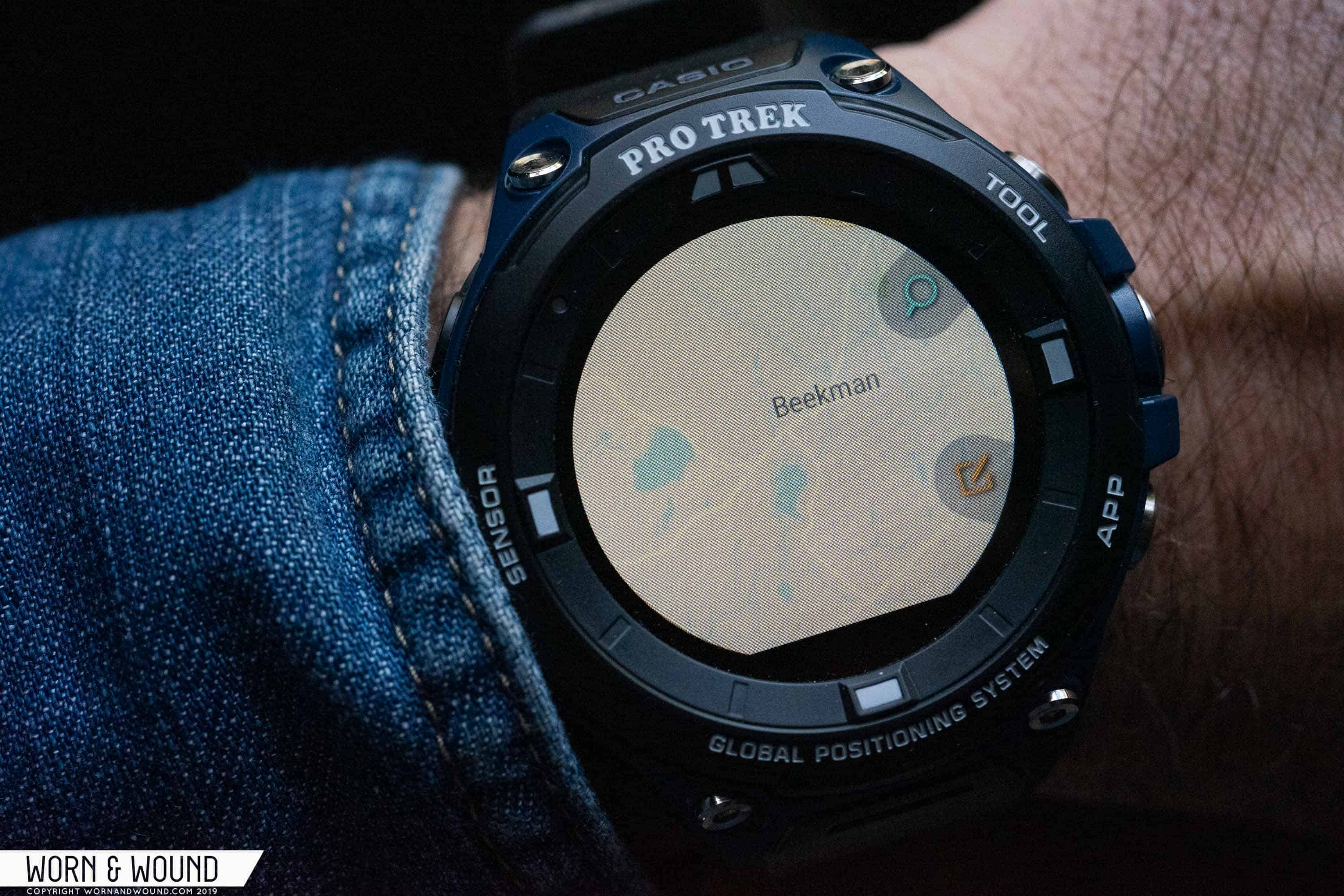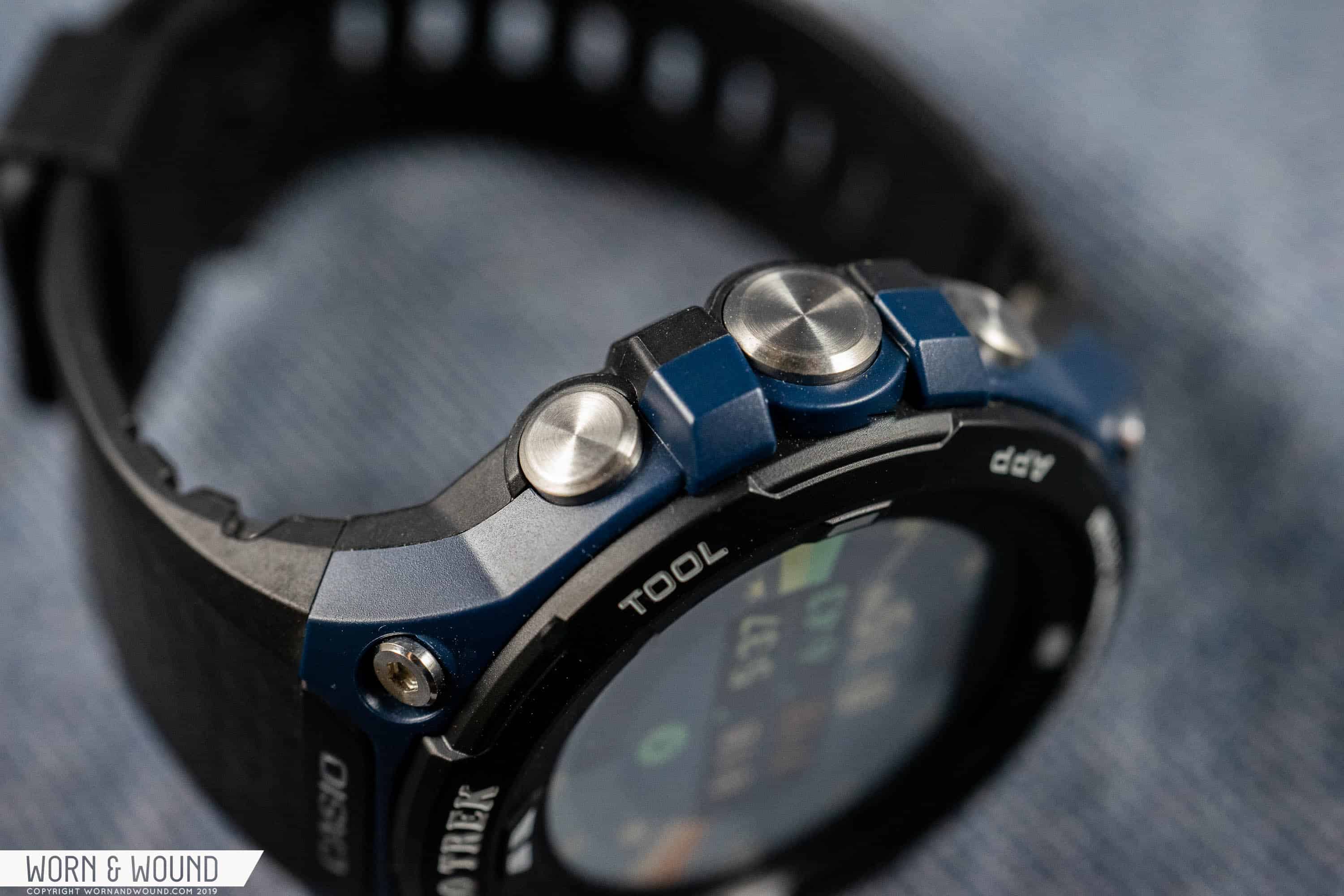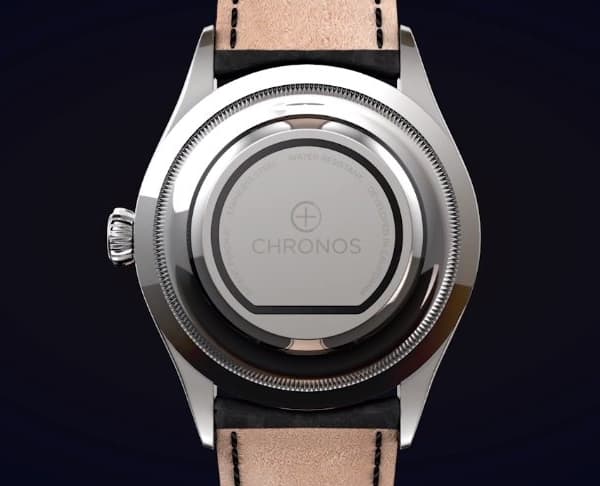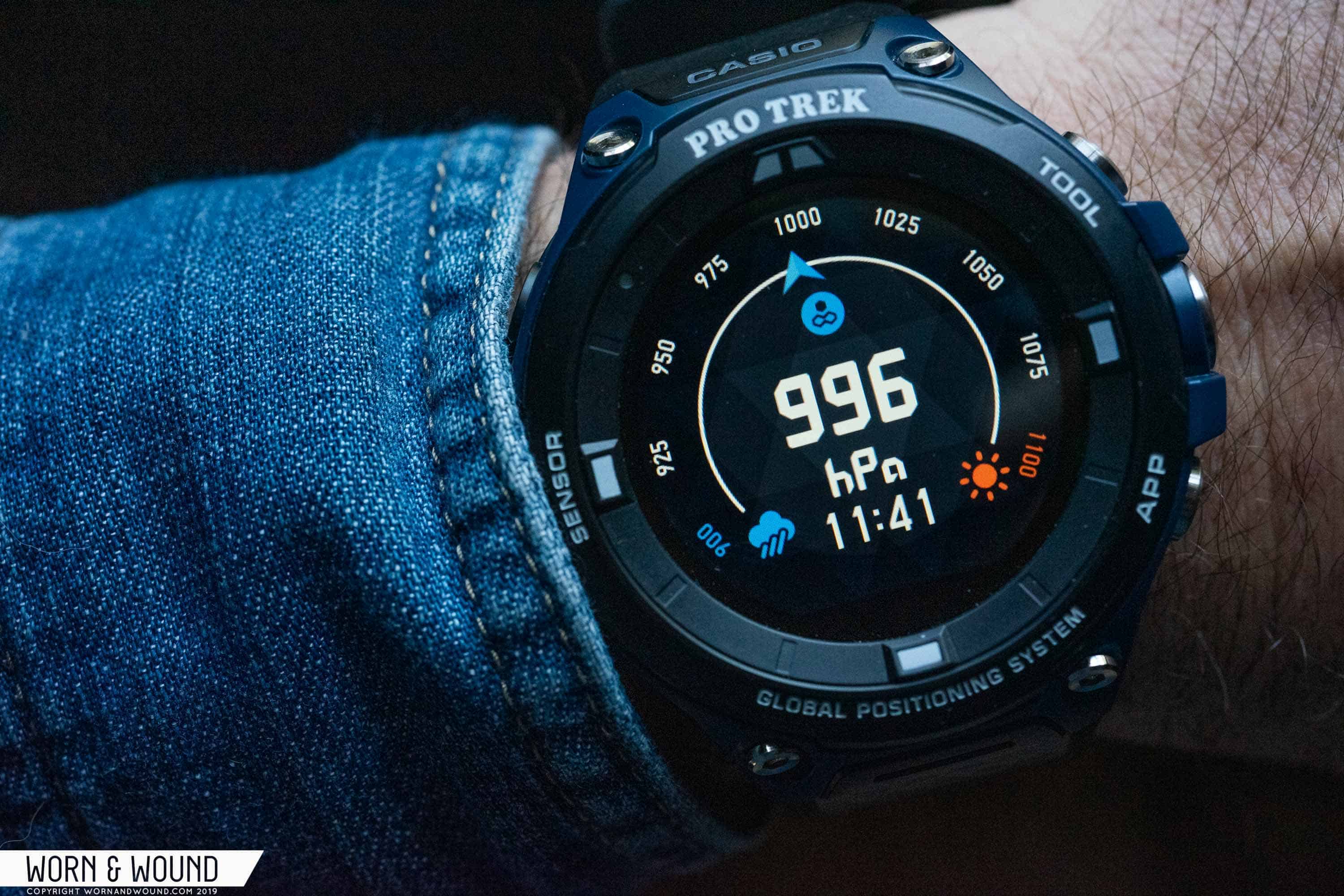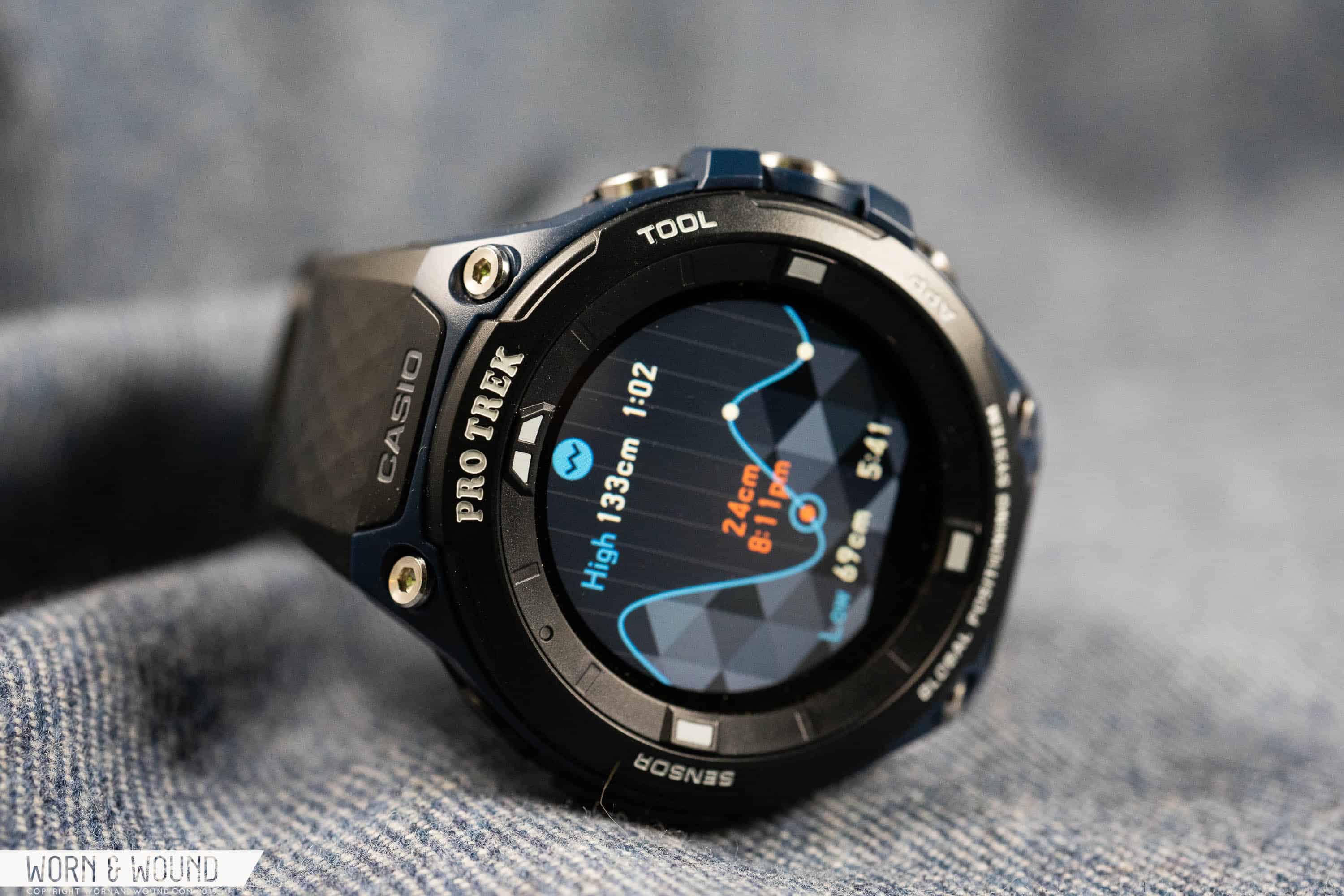Other than being round and attached to a wrist strap, the Casio Pro Trek is not really a watch. It is a computer equipped with a thermometer, barometer, altimeter, and GPS sensors. It connects via Bluetooth to your smartphone, which is also a computer with GPS connectivity and apps that will emulate all the Pro Trek’s sensors via cellular data. Assuming you’re within cellular range, the Casio Pro Trek doesn’t provide any information that your phone can’t.
The question of redundancy has plagued the smart watch since its inception, and in urban settings the answer seems to have been simply that some people find a wrist-worn smartphone useful. There are also new health-tracking features on the Apple Watch (and now models from other brands) that require the computer to be strapped to your wrist to read your pulse and to monitor movements, such as a fall. The Casio Pro Trek lacks these health-tracking features. So why would one want the Pro Trek? And why would one want yet another computer along when adventuring in the great outdoors where, I assume, most folks aim to interact with nature, not computers.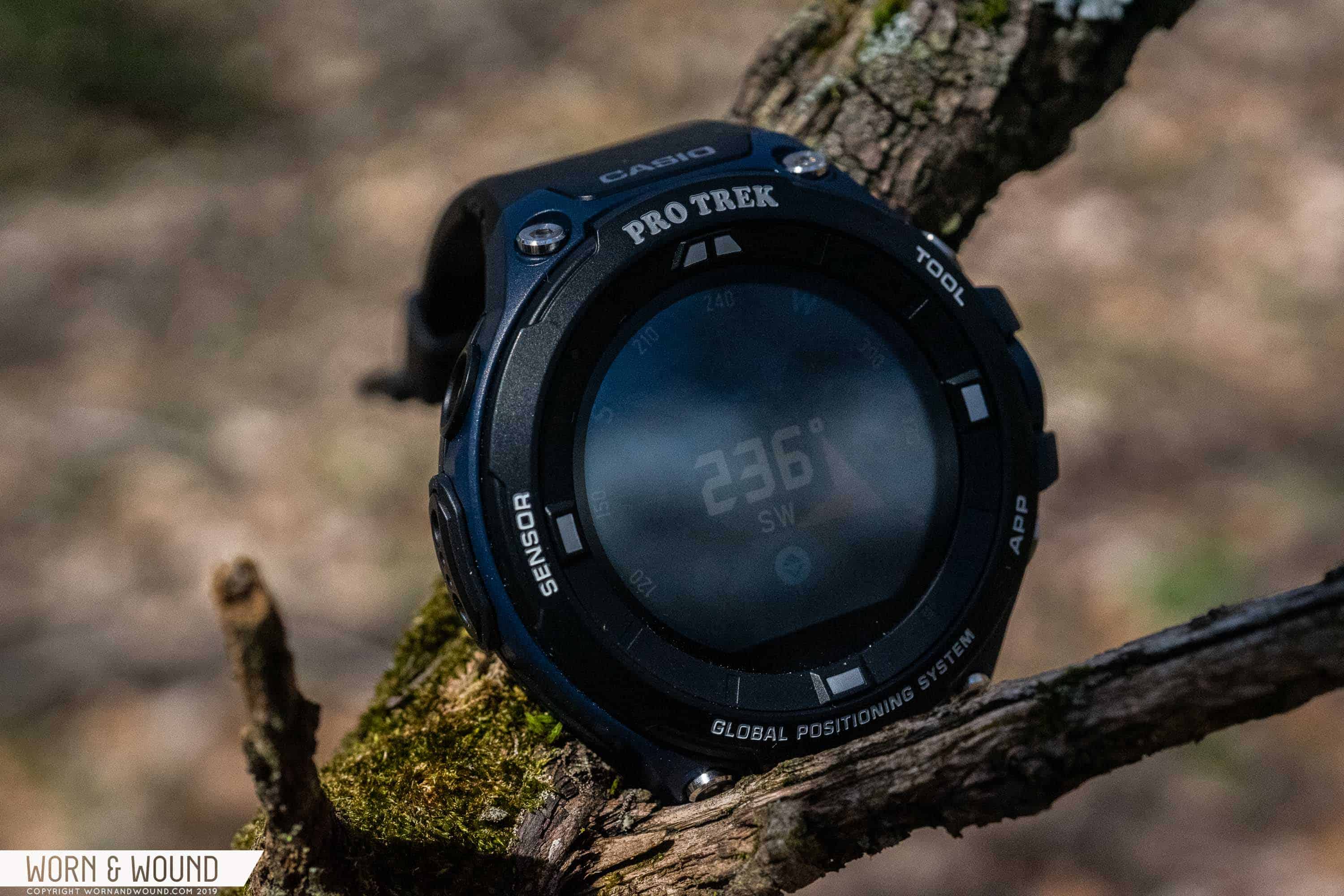
I turn to my badass mountain man nephews as a reference point for the relevance of the Pro Trek and its myriad apps. Mark Farmelo is a Level 3 Ski Patroller at Vail (basically an EMT on skis) who uses his phone to log daily and annual vertical feet skied, as well as his average and highest speeds (I’m forbidden to reveal the latter). Peter Farmelo is a professional white water guide and a real m-effer of a kayaker who uses his phone to track miles traveled, deploy maps, and so on. Neither owns a watch of any kind. When I showed them the Pro Trek, they were interested in it, but soon set it aside because, basically, they’re already covered by—and accustomed to using—their phones. Many digital natives likely feel the same way, but I imagine that would be different if smartphones weren’t so omnipresent in our lives, and, as I point out below, in some scenarios typing up one hand with a phone just doesn’t make sense.









 Featured Videos
Featured Videos




